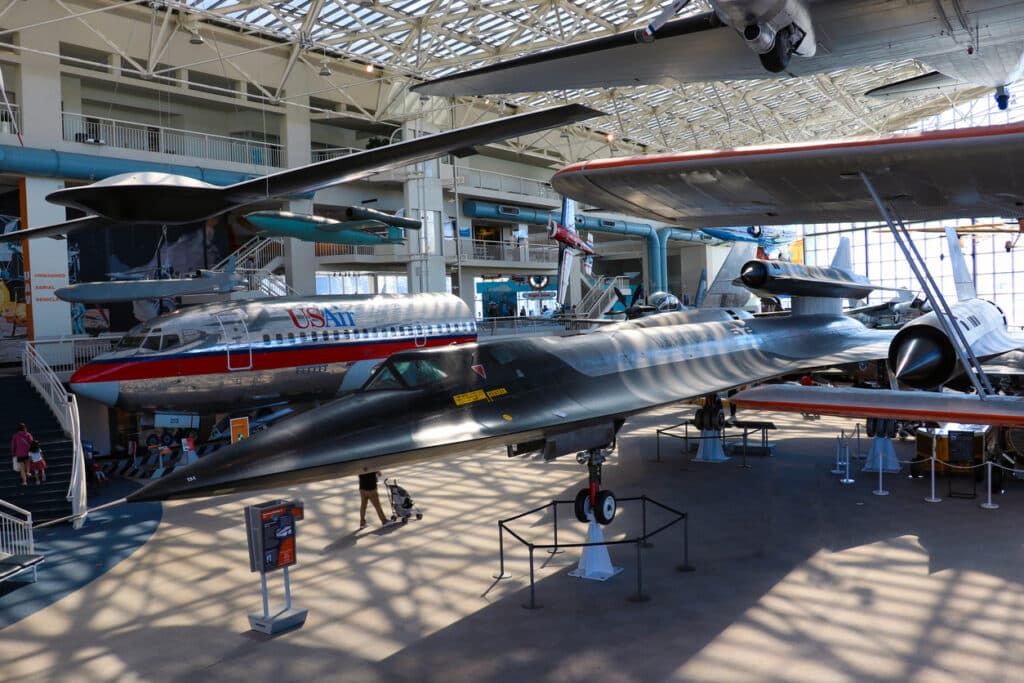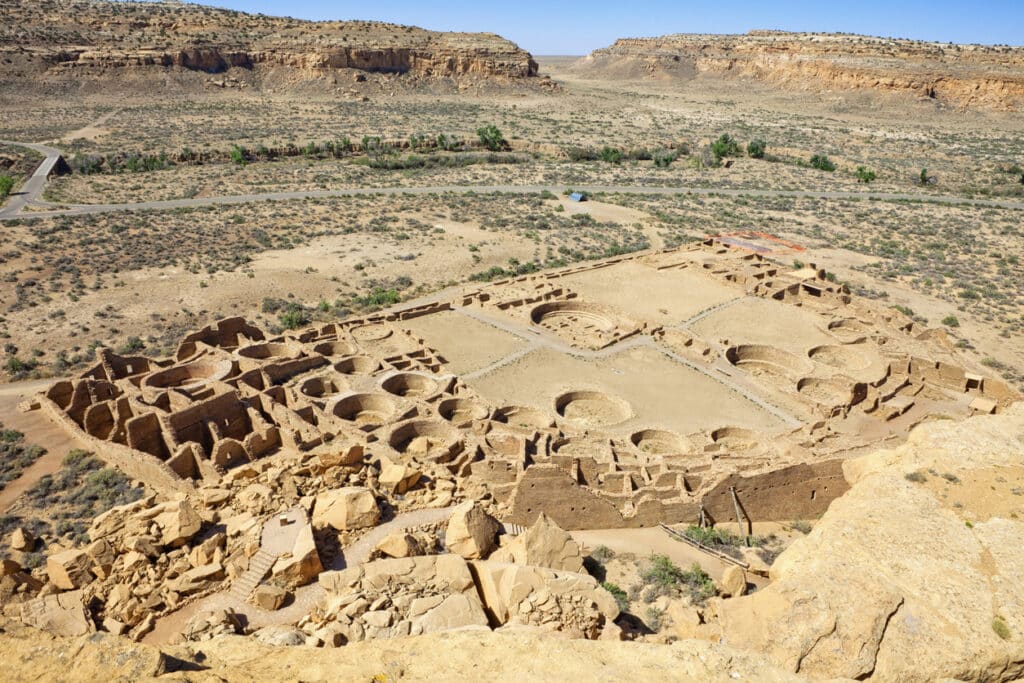Do You Have the Power of the Winter Woman?

As a gentle but constant snow falls, the pure clean white provides contrast to pearl, slate, gunmetal grey and silver of winter. The sky, trees, Blue Ridge mountains, and even my farm house have faded into waxen shades. Winter has striped color from all and the frosty crisp air sharpens everything into focus.
Ebony crows sit on the fence line and a mixture of hoarse and sharp coos, caws, rattles, and clicks occasionally break the tomb-like silence. Yet, the snow drifts softly blanketing the earth like a comforter. I call to you to sleep, dream and float through another world, a time out of time, as the quietness of the dark seems to call.
Birth and Rebirth
Yet, the red of stag horn sumac, the flash of a fox, the beauty of a cardinal and the holly berries pierce the eye like blood for they are the vein of winter, the life flow against the pale and what often appears with color in the frigid and seemingly lifeless landscape.

Still, the sage of cedar, the emerald of hemlock and the iridescent pine remind us that life lives on, always just like the moon reminds us to embrace the spiral of light and dark. For, the maiden is colorless, pure, a life yet to be lived. The mother is green, verdant and abundant. And the crone? Well, she is the red of the berry, the blood and the passion, for in the end of things, she knows all.
For it is the Crone, the Winter Woman that holds the power of age, time, and transformation. Ancient, but not always aged, she may be beautiful, but she is not pretty. So, that pointy black hat, big hook nose and a mole in an apple doll wrinkled face is the image that comes to mind for many people, as this has been the detrimental effect of media and patriarchy on a woman’s psyche. Have you noticed that the Venus of Dusseldorf has sagging breasts and stomach?
According to Wisewoman Susun Weed, these carvings were not pregnant women but old women who were honored and revered because they had the knowledge, intuition and were not afraid to hold their power. Wild horses, elephants, and herd animals follow the older lead female, for she knows where there are fresh meadows and protects the herd, not the stallion. This is science, not enchantment.
It Takes Courage
Yet, in many cultures that do not always support ageing, to embrace your winter has been portrayed as scary for there may not be many butterflies to follow. Just like winter, 60+ is the time to sit, be still, support the unknown and have faith, just like the caterpillar.
Menopause is the start of the caterpillar entering the cocoon, and it does so willingly despite not knowing the next phase of its life. The tree, as its leaves fall, dropping each into aloneness, separated from the mother, must have trust, just as the dying leaf must have confidence in its regenerative power as it becomes compost for the earth. And all will grow from it.
This takes courage, and we must try out croning like teenagers try out different personas of who they want to be. Susun Weed refers to the 65-85 years as the teenage years of croning. The great Goddesses like Sophia, Hestia, Baba Yaga, are past the mascara, the worry of wrinkles, and Goddess forbid, plastic surgery for they know, winter needs no help.
“This is the time for kicking ass,” Weed says confidently at 78. For it is the older woman who are the ones who know where the water is when drought comes; they take care of the fire in the middle of the night and just being old is beyond enough because they have earned their place within the tribe and that emanates with every step. Old age is a gift and an honor.
We Know Where to Find Water
It is through the winter woman our granddaughters will know where to find water and how to age with honor. Through them, our granddaughters will be able to start a fire with green wood; though them, young women can choose between baking cookies and tending their young goddesses or being Speaker of the House at 83, climbing Kilimanjaro at 90, picking up a sword, or running a country and monarchy for over 50 years and dying on their throne, just like Queen Elizabeth. My winter woman was Tomyriss, who refused marriage, became a fighter, archer, horsewoman and leader of her people.
So, as the snow falls, and your cup of tea and blazing fire warm you, think of the grandmother that you want to be, think of the grandmothers that you know or should know and in doing so, you will embrace the divine feminine and you will not fear winter or wrinkles again.
Let’s Have a Conversation:
Do you feel the call to go inward, to rest and retreat in Winter? How do you honor your Winter Woman? What can we do to change our culture’s ideas about aging? Should we lead by example?
Read More






































































